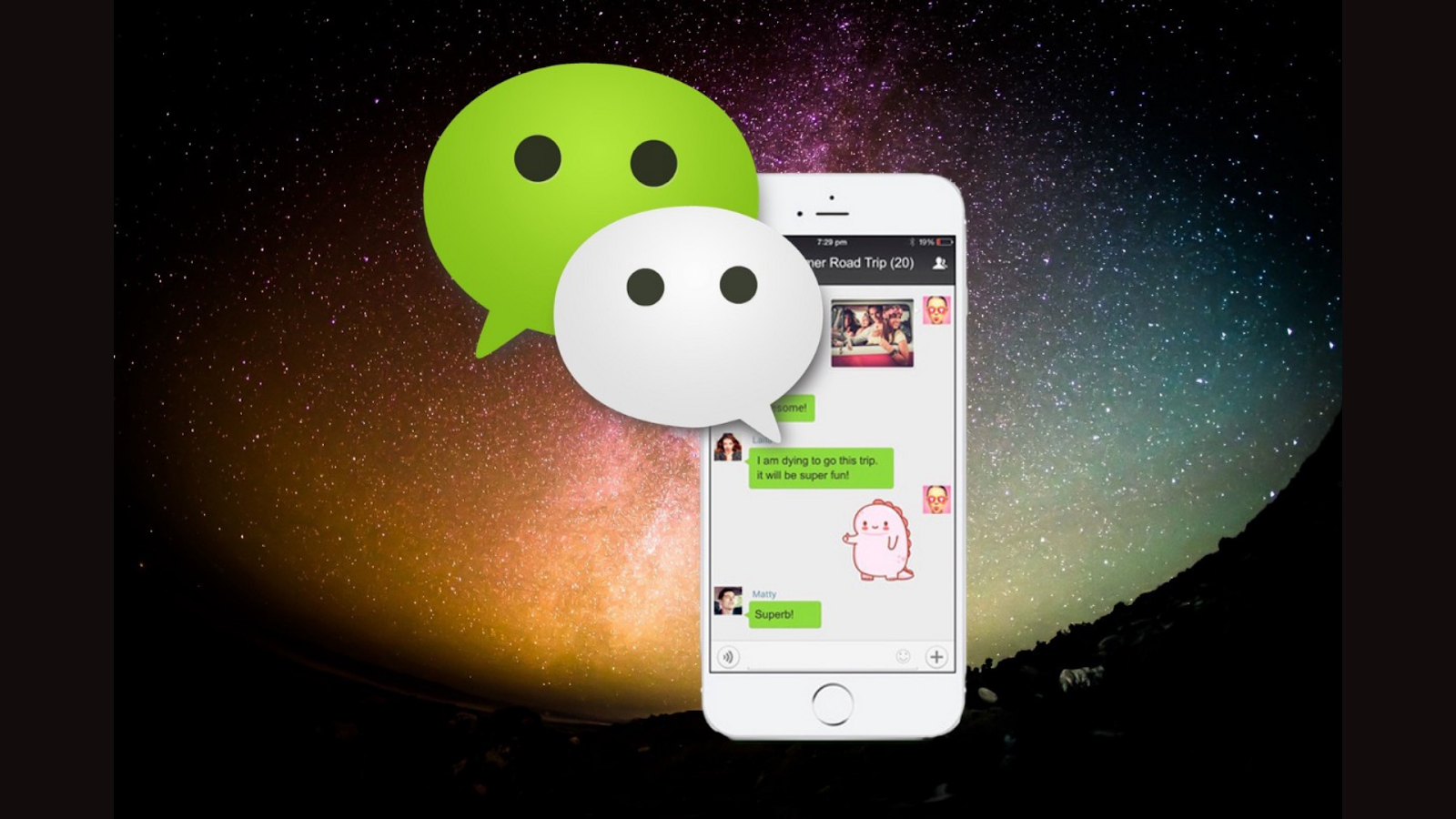Chatbots are artificial intelligence (AI) driven communication tools that conversate with users to help businesses improve their customer experience and generate leads. Chatbots were developed as a lower-cost alternative to live customer support teams and have the added benefit of responding immediately, reducing the wait time normally expected of a live employee.
Before we had Alexa and Siri, there was Eliza. The very first version of a chatbot was developed in 1966 at MIT’s Artificial Intelligence Lab by Joseph Weizenbaum. Eliza was able to respond to certain keywords based on a set of defined rules and reply when needed. Decades later, the functions of chatbots have evolved greatly, but the basic idea remains the same. At the most basic level, a chatbot is an AI software that stimulates and processes human conversation. This allows humans to interact with digital devices as if they were communicating with a real person. This has also led to the development of answer engine optimization (AEO).
Chatbots can be housed on company websites or directly on messaging platforms, giving marketers flexibility when planning different marketing strategies. Many companies are taking advantage of both options, integrating chatbots into messaging apps as well as on their websites.
What Are The 5 Types of Chatbots?
There are support, skills, assistant, transactional, and information-gathering chatbots. The classification depends on the problem you are trying to solve and the functionalities you want to include. Depending on that, this is the breakdown of the different types:
1. Support Chatbots
A support chatbot is used in all industries, but especially in retail, human resources, digital marketing, and healthcare. The use of these types of chatbots has become a necessity as they can save company resources and improve customer satisfaction. They can provide customer service, act as a recommendation engine, order food, or serve as a solution to frequently asked questions (FAQ) for website visitors.
2. Skills Chatbots
This is a single-function chatbot that does not require much contextual knowledge. It can simply follow a command to perform an action. This type requires powerful Natural Processing Language capabilities. Amazon’s Alexa is a great example of this type of chatbot.
3. Assistant Bots
Assistant bots are good at conversations and answering questions. They are also entertaining to keep the user’s attention. Such assistant bots include Apple’s Siri, that not only helps the user set an alarm, make a call, or book a meeting but also answers questions in an interesting way when it does not understand the request.
4. Transactional Bots
Transactional bots act on behalf of humans to perform various tasks, such as placing an order, making a payment, and more. This type of bots promotes productivity as they are able to interact with external systems to complete transactions.
5. Information-Gathering Bots
They can act as research assistants as they can gather and share information. For example, they can send push notifications based on messages using AI and text classification technologies. These types of bots are especially important in education and corporate training.
Conversational Marketing & the Role of Chatbots
Conversational Marketing has been proven to increase web visit conversion rates and convert all web traffic into customers or even help retain customers. It is effective because it builds relationships through the experience of a conversation. Here are some reasons why it’s important to use bots so you are available 24/7 to connect with your customer base instantly:
Meet Customers at the Right Place and Time
There are over 2 billion active users on WhatsApp and over a billion users on Facebook Messenger. When you deploy chatbots on messaging platforms, you can target your audience in their active social circle.
Save Time & Cost
Bots are a one-time investment and can be available 24 hours a day, 7 days a week. This allows your business to engage with customers through real-time responses and easily scale your conversations with minimal resources.
Personalization & Authenticity
Chatbots allow you to build individualized conversations at scale that directly address a consumer’s needs while adding an additional layer of personalization to the conversation. This creates authentic relationships with your audience and makes improvements to their user experience that leads to action and acts as a direct link between the consumer’s problem and the solution.
Do’s & Don’ts in Chatbot Marketing
If chatbots seem like a worthwhile investment for your product now, it’s important that you get it right and avoid some of the most common mistakes associated with this technology. Below are some tips on best practices and things to avoid when implementing a chatbot tool for your website or product.
Chatbot Do’s
- Make it clear that your chatbot is not a real person
- Create a conversation flowchart to establish the chatbot’s purpose, tone, and responses to various user queries
- Avoid a long conversation flowchart that involves multiple steps to get to the audience’s intended action for better results.
- Give the user exactly what they want, nothing more
- Personalization is key, and that’s why certain AI technologies can gather data about your audience and personalize the messaging to match their needs. This is just as important as dynamic creative used in paid advertising or email marketing.
- Design your chatbot to fit each user’s unique persona and the stage that they are on the marketing funnel.
Chatbot Don’ts
- Decide on your bot’s main goal and design all its activities around your main goal.
- Send mass messages, especially on platforms that are used for more personal communication.
- Overwhelm a user with a series of questions that do not bring them closer to the main goal
- Use chatbots on pages that you want to draw user’s attention
- Assume that every person wants to chat or that every user is the same
What Is An Example of Marketing Chatbots?
1. WeChat
WeChat, China’s most successful messaging platform, is among the early adopters of chatbots. The company introduced its first chatbot back in 2013, and since then, the number of bots has exploded. Brands are flocking to WeChat to offer automated services to consumers on the platform. These services include using bots to pay bills automatically without leaving the app, or ordering groceries.
2. H&M
H&M has also taken advantage of chatbots, launching its own bot on messaging app platform Kik in 2016. What sets H&M’s chatbot apart is the functionality of the bot, which acts as your personal assistant. The bot starts a conversation by asking customers a series of questions about their style and suggests different outfit ideas. Then, once a user finds their dream outfit, they can instantly add the entire look to their cart.
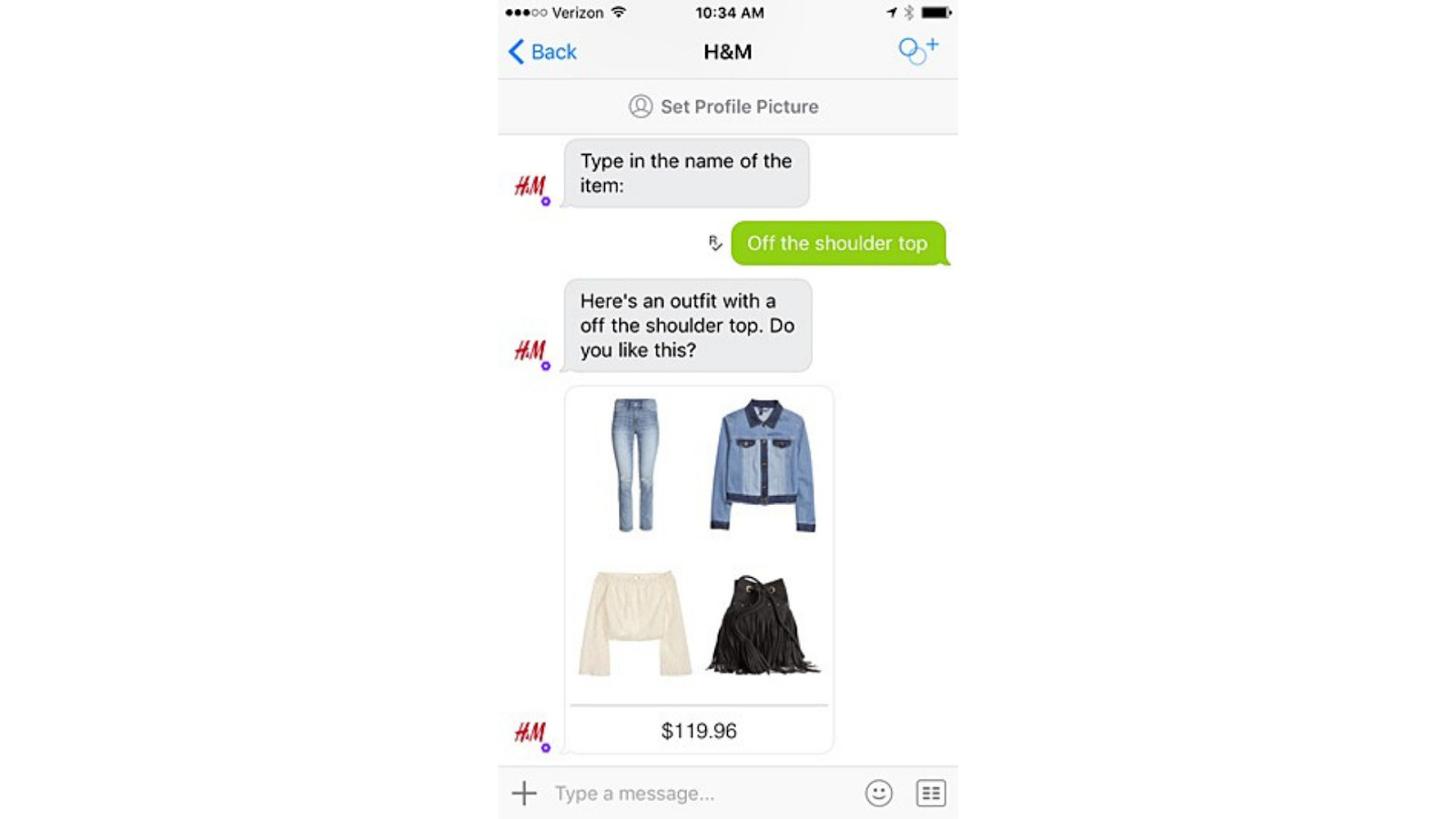
3. Adobe
Chatbots do not always have to be external tools, as the example of Adobe’s internal employee bot created during the pandemic shows. To find a way to respond to support tickets and issues, Adobe built a chatbot that integrates directly with Slack to minimize the burden of email support requests on support teams and route employees directly to the right department. The bot is also able to direct employees to FAQ pages in situations where an online solution already exists rather than creating a ticket with a live agent.
4. World Health Organization
Speaking of the COVID-19 pandemic, the World Health Organization launched its own chatbot on WhatsApp and Messenger called WHO Health Alert that alerts people to the latest Covid news and resources. The bot includes answers to several frequently asked questions about the pandemic and informs people about travel and health-related news.
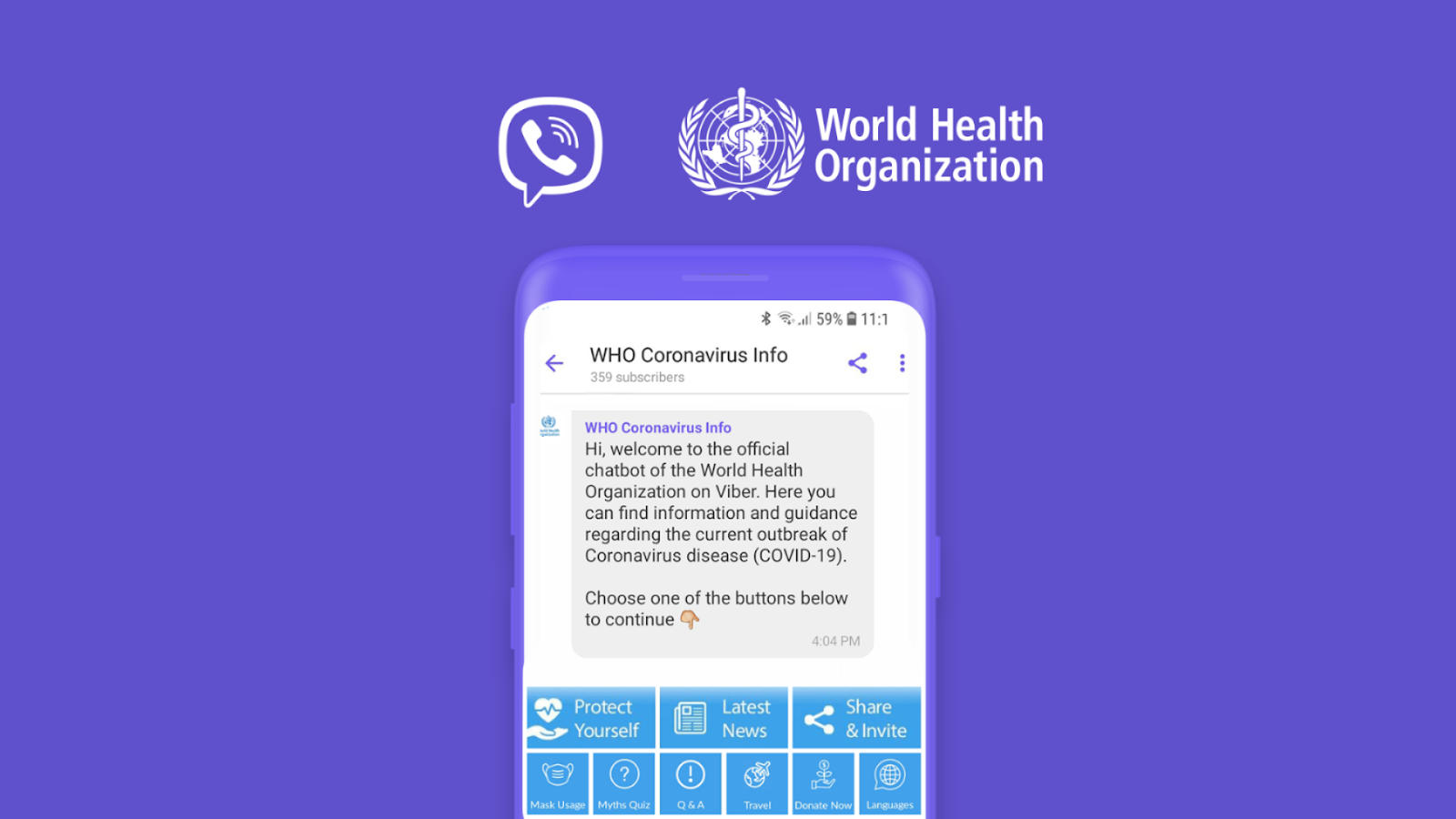
5. Domino’s Pizza
Domino’s Pizza has developed its own chatbot called Dom. It is able to directly place an order, review previous orders, and provide status updates on active purchases. Domino’s has taken advantage of several active messenger platforms, including apps like Messenger, Slack and Apple Watch.
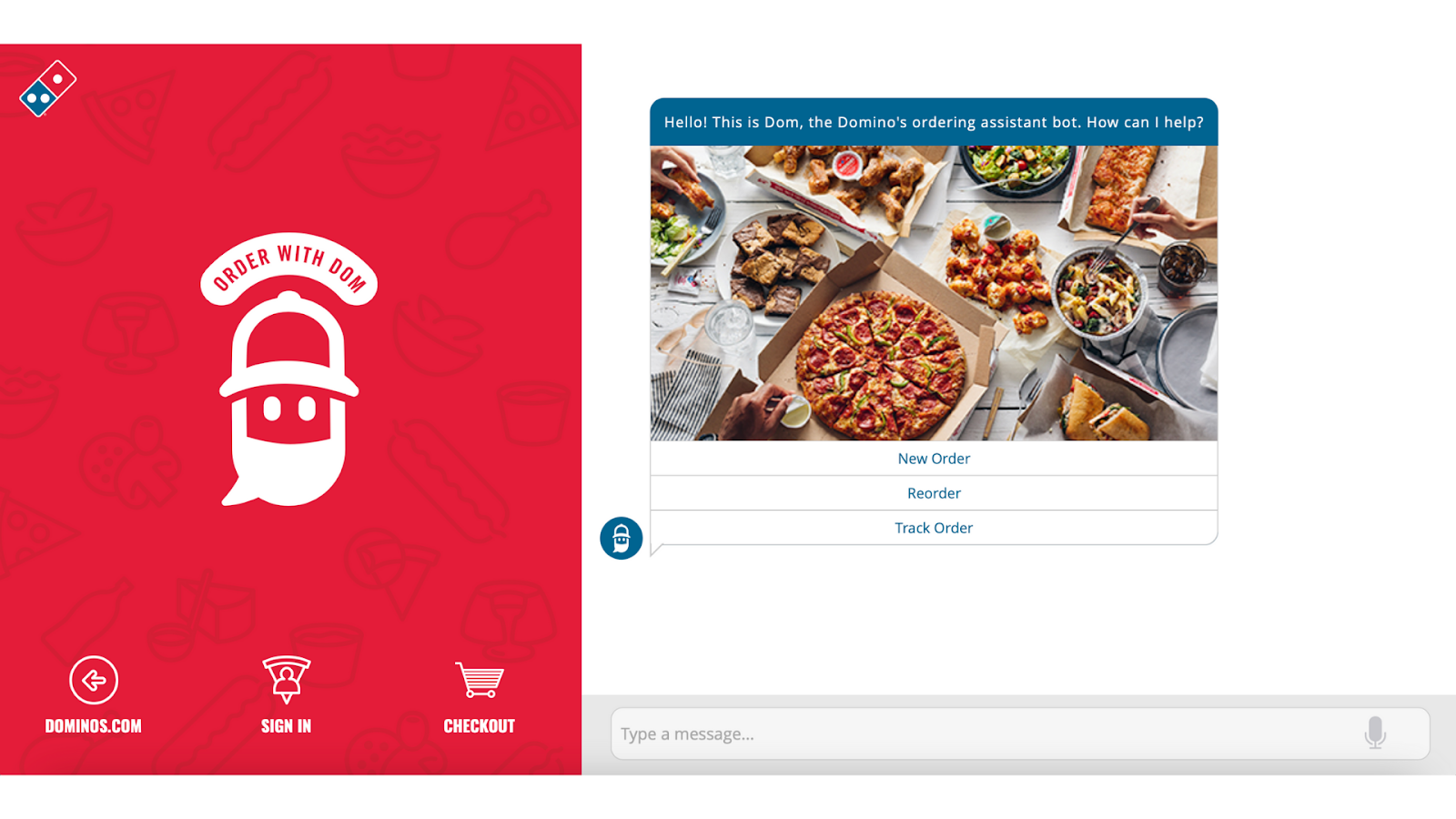
6. Lyft
Lyft’s chatbot can help you book a ride via voice command through Alexa, Amazon Echo, or via chat on Facebook Messenger and Slack. The bot is able to tell you the driver’s current location and display images of the license plate and vehicle model. In Slack, all you need to do is type the command /Lyft in any channel.
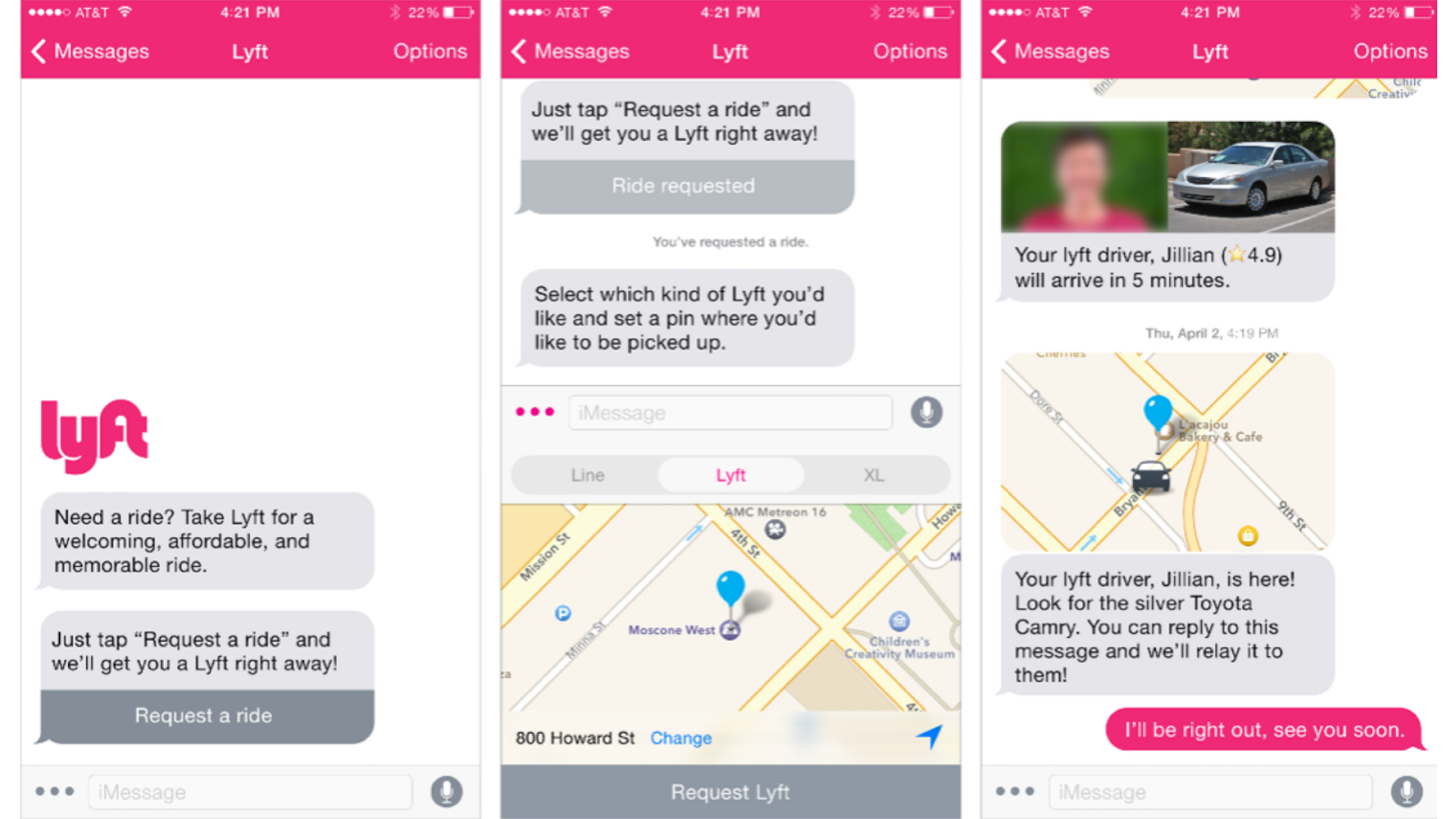
7. Whole Foods
While you are shopping at Whole Foods, you can always search for recipes in Facebook Messenger using the Whole Foods Bot. The kicker is that you can also use an emoji to get a similar recipe, while the bot lets you filter results by nutritional need.
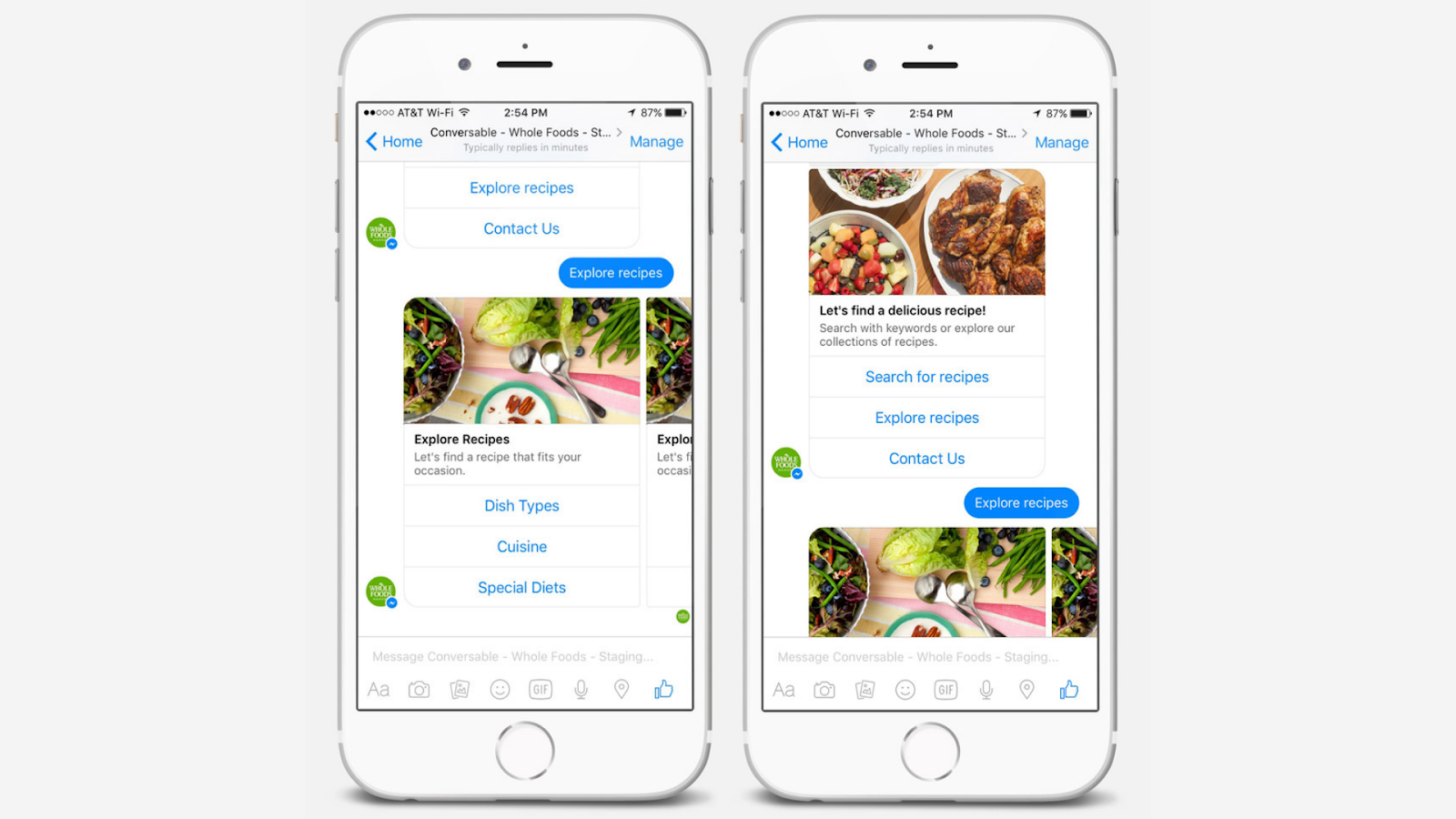
Chatbots are an incredibly worthwhile investment if the functionality makes sense for your product and if they are well optimized. It’s a big misconception that bots are only used to drive qualified leads and be an extension of your sales team. You will see from the examples above that this is not necessarily the case. Chatbots can help you achieve countless goals, no matter what industry you are in.
Ready to invest in a chatbot marketing strategy? Looking to create a chatbot for your website? Connect with AI experts who can help you strategize, evaluate chatbot platforms, and optimize your conversion rate.

